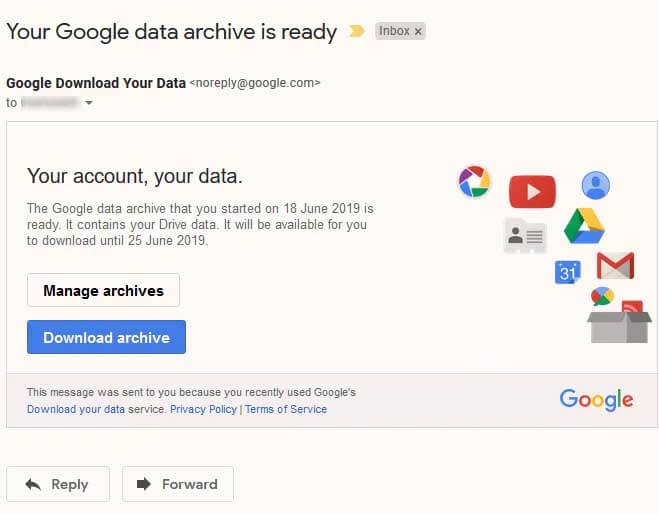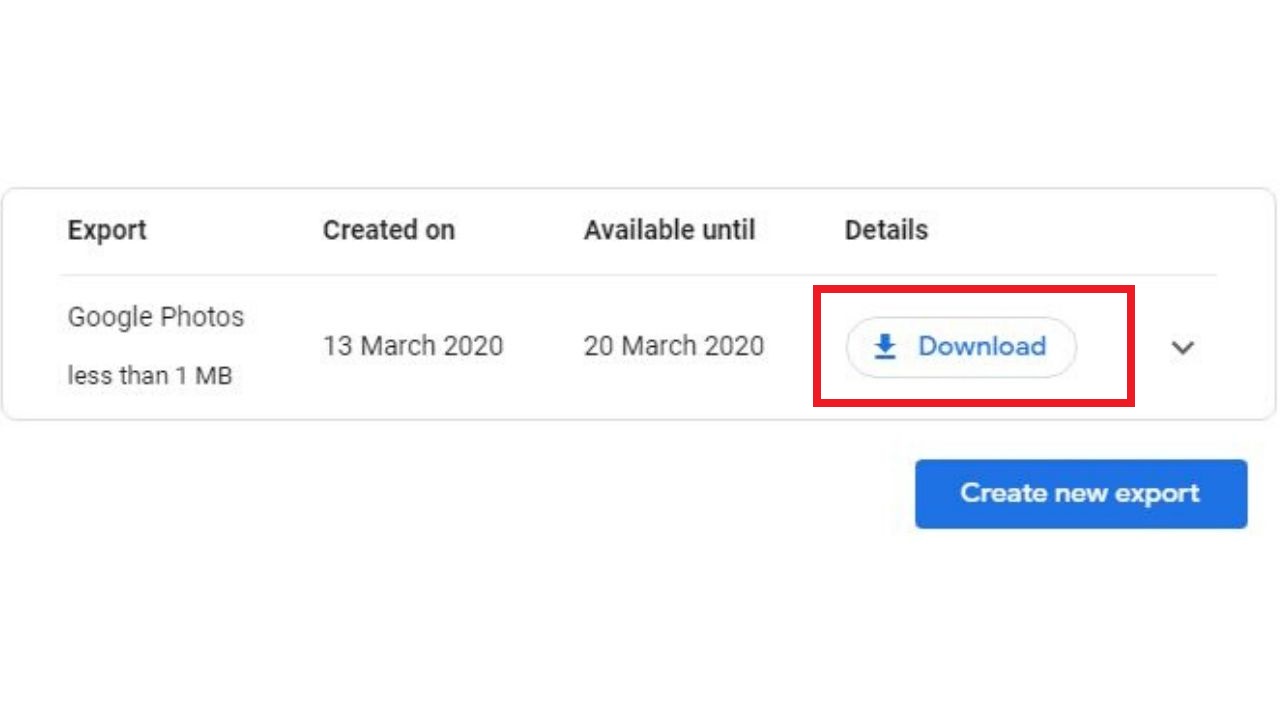

The only change is that they don't visualise it for you. Google has as much data regarding you as previously. The policy change as indicated by Google does not affect data gathering, collection, or scope. They have that data, but merely don't visualise it. They have all the information you give them. When you send any image from Google Photos, Google strips that data anyways, but if you upload any data with that information, they (Google) have it. Google representing your location in Google Photos has nothing to do with the original exif data contained in an image. Anyone have any actual direct info on the motivation? (Location history was already opt-in letting it help sort photos is only to the user's benefit.)īut those are just guesses. Maybe they didn't want any more articles like a dumb 2021 USA Today article I see that called the automatic location-tying "creepy". If they thought this might get ahead of changes that they thought might otherwise need to be made later anyway, in response to some future EU GDPR change that would require them to stop collecting location history altogether, even if people are willing to opt in. This is information they're collecting anyway, and tying it in should just requires some pretty simple function calls to their location history system that they're still maintaining for other purposes. But it's still a bit odd, in that seems like it would cost Google nearly nothing to keep it going. My best guess is that Google had noticed a dropoff in the last few years in the number of pictures that don't have GPS embedded already in the EXIF (as more cameras include GPS tagging), and therefore decided that the handy feature was no longer handy for enough people for it to pay to keep doing.
#Google photos takeout exif update
(Yeah, I know one can work around it by taking GPS logs and using those to update photos' EXIF in Lightroom.)


It's also a curious decision because it lessens users' incentives to even have location history turned on, a setting I imagine Google (for ad-targeting reasons) would probably rather people keep opting to enable.Īs many of the pictures I take are with cameras that lack GPS tagging of their own (and there are often no scenery features in their photos that Google could plausibly determine the location from, - something Google said it will rely on instead) the change is irritating. Google's claim that this is to provide users with more control over their information" is nonsensical, as an opt-out or opt-in (for ongoing auto-tagging, not just the "Keep existing location tags based on location history" dialog they gave us) would be more than adequate to give users control. I still haven't seen anywhere a fully adequate explanation for this decision. Perhaps I'm a bit late in asking about this, but in the nearly two months since it was announced at


 0 kommentar(er)
0 kommentar(er)
